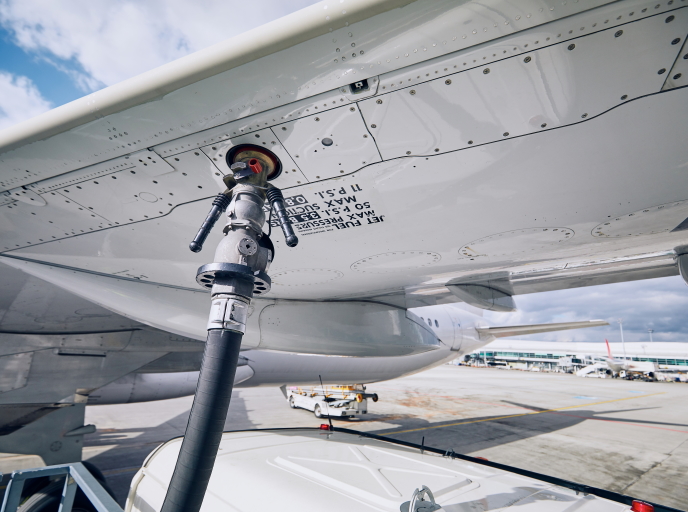Advancements in Heads Up Displays sets to improve flight safety
Heads Up Displays (HUDs) are an essential feature of the modern aircraft cockpit. The technology projects key flight instrument data onto a transparent screen located just in front of the pilot’s line of sight. By allowing the pilot to keep their heads up and looking forward, HUDs increase situational awareness and overall flight safety. Although HUDs have been in use for some time, technological advancements continue to open the door to new cockpit capabilities. For example, conventional HUD set ups still require the pilot to look down to control the aircraft, set parameters and operate aircraft systems (e.g. landing gear) – often during the most demanding phases of a flight. To remedy this, the EU-funded ANGI-HUD project is developing an ‘eyes out’ concept that could allow the pilot to interact better with the aircraft’s avionics. “Our research is examining how HUD and HUD applications could contribute to improving pilot performance and flight safety,” says Shay Simhoni, Programme Manager of Commercial Aviation at Elbit Systems(opens in new window), the project’s coordinating partner.
Head up, eyes out
From its research, ANGI-HUD has developed an interactive HUD concept that essentially allows a pilot to control an aircraft with their eyes. Using their eyes as a pointer and a knob located on the armrest, the concept lets the pilot, for example, adjust the aircraft’s speed, command the auto-pilot, set the flaps, pull the landing gear up, or even change the landing runway – all functions that used to require a pilot to divert their eyes down. “The new ‘eyes out’ concept reduces head down time in high workload environments by enabling the pilot to conduct critical functions like commanding the auto-pilot, changing flaps or gear position, and intuitively managing the near future navigation of the aircraft,” explains Simhoni. “In the cockpit of the future, these functions will allow pilots to manage short-term trajectory at the most demanding flight phases (initial departure, intermediate/final approach) and control the main avionic systems via the HUD.” The concept was tested both with real hardware and with in-flight simulations conducted by pilots from European airlines.
Enhancing cockpit performance
Simhoni also notes the concept’s potential to substantially enhance the performance of next generation cockpits. “The ANGI-HUD concept, together with future HUD architecture, means primary flight information is no longer displayed on head down displays,” says Simhoni. Instead, all relevant information will be displayed on a single HUD platform, which could potentially reduce the number of displays needed in a cockpit. “Any reduction in the number of screens would reduce costs and weight and thus help improve the aircraft’s efficiency,” adds Simhoni.
Coming to a cockpit near you
According to Simhoni, the comprehensive experience of project partners Dassault Aviation(opens in new window), NLR(opens in new window) and Elbit in the areas of head up systems design, flight simulation, cockpit design and human factor evaluations was essential to the project’s success. As a result of this combined expertise, ANGI-HUD will soon be implemented in civil aircraft cockpits. When it is, it will make a real and significant contribution to the European aircraft production industry. “We believe that the future of flying should be simplified, automated and more intuitive – all of which can be accomplished using new avionics technologies and systems like those developed in the ANGI-HUD project,” says Simhoni.







